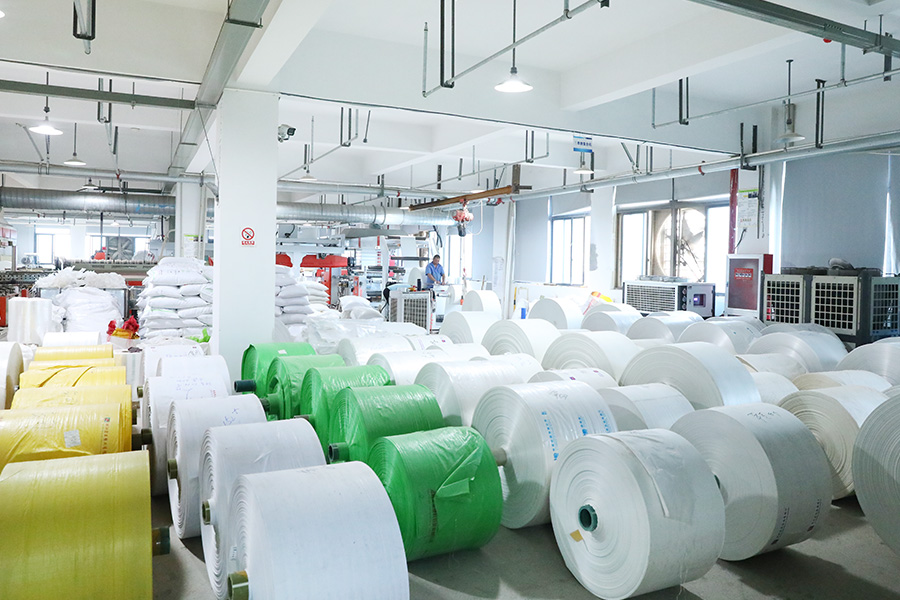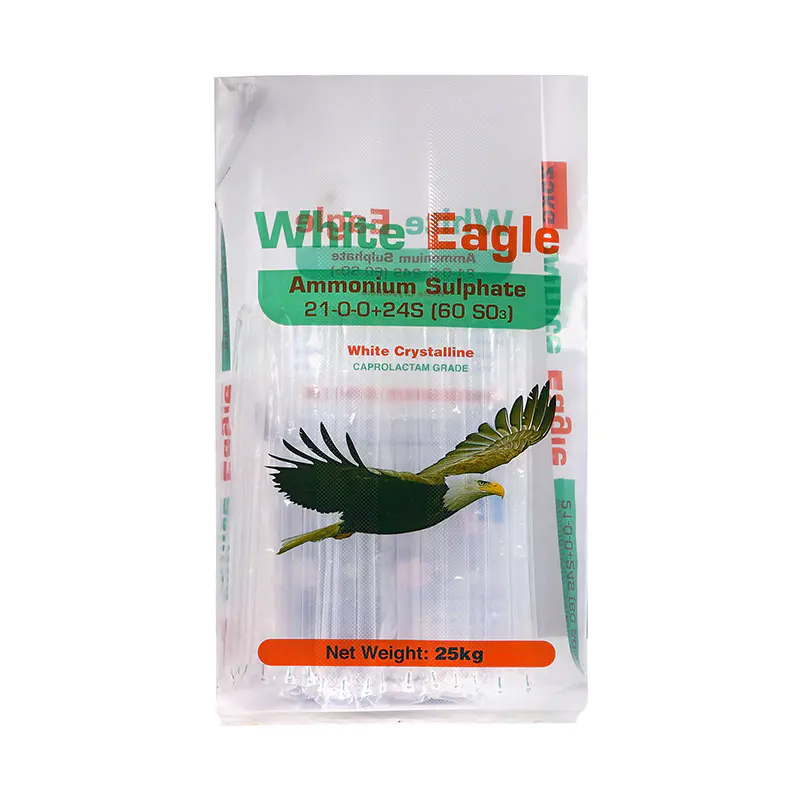Email us now!
In recent years, the packaging industry has undergone a noticeable shift toward sustainability and long-term performance. A growing number of manufacturers and distributors are turning to materials that provide strength, reusability, and environmental advantages. Among these, Woven Polypropylene Bags have gained significant attention due to their durability and recyclability. This change is driven by both regulatory changes and evolving consumer preferences, placing functional yet eco-conscious packaging solutions at the center of industrial priorities.

One of the main benefits of Woven Polypropylene Bags is their resistance to wear and tear, making them suitable for transporting heavy or coarse materials such as grains, chemicals, and building supplies. Their structure, formed by weaving polypropylene strips into a fabric-like material, allows them to withstand rough handling and bad storage conditions. This makes them a reliable choice for industries looking to reduce product loss and packaging waste over time.
Simultaneously, printed plastic packaging bags have maintained a strong foothold in retail and consumer-facing markets due to their flexibility and branding potential. Their ability to carry vibrant designs and clear product information makes them a preferred choice for packaged foods, personal care items, and household goods. However, environmental concerns have prompted producers to refine these packaging types with improved recyclability and reduced material thickness.
As industries seek to align with global sustainability goals, the balance between practicality and environmental impact becomes essential. Woven Polypropylene Bags meet this balance by offering extended usability, which less the frequency of replacement and reduces the volume of waste. Their potential for reuse in both commercial and domestic settings has added value to their role in the supply chain. For example, agricultural producers often reuse these bags across multiple seasons, which helps cut down on single-use packaging.
Meanwhile, the popularity of printed plastic packaging bags is being influenced by advances in biodegradable coatings and mono-material constructions. These changes enable easier sorting and recycling while retaining visual appeal. Brands are also investing in water-based inks and solvent-free adhesives to less the environmental footprint of their packaging solutions. This shift is not only in response to policy pressure but also reflects a deeper consumer awareness about packaging sustainability.
The growth in demand for both Woven Polypropylene Bags and printed plastic packaging bags reflects a broader trend toward adaptable packaging systems that perform across multiple use cases. While one excels in industrial strength and reusability, the other serves branding and display needs. The industry’s challenge is to ensure that both forms of packaging evolve to meet stricter environmental standards without compromising functionality.
Another factor contributing to the increased usage of Woven Polypropylene Bags is their compatibility with automated filling and sealing systems. This makes them suitable for high-volume operations, reducing labor costs and increasing operational efficiency. Their lightweight nature also contributes to lower transportation expenses, making them an attractive option for businesses seeking logistical improvements.
Similarly, printed plastic packaging bags have become more customizable through digital printing technologies. This allows smaller production runs, targeted campaigns, and faster turnaround times. Such flexibility supports businesses looking to respond quickly to market changes or introduce limited-time offers without large-scale investment in materials or processes.
As packaging expectations continue to evolve, companies are placing greater focus on the lifecycle of their packaging materials. The recyclability and strength of Woven Polypropylene Bags help address both environmental and economic concerns. On the other hand, innovations in printed plastic packaging bags are aligning them more closely with circular economy goals by enhancing recyclability and reducing production waste.
The packaging industry is experiencing a clear shift toward solutions that deliver durability, efficiency, and environmental responsibility. Both Woven Polypropylene Bags and printed plastic packaging bags are adapting to these priorities, each bringing unique benefits to the table. As global demand for smarter, greener packaging continues to rise, these formats are set to remain integral components in the future of sustainable logistics and retail.

 English
English русский
русский Español
Español عربى
عربى Türk
Türk







